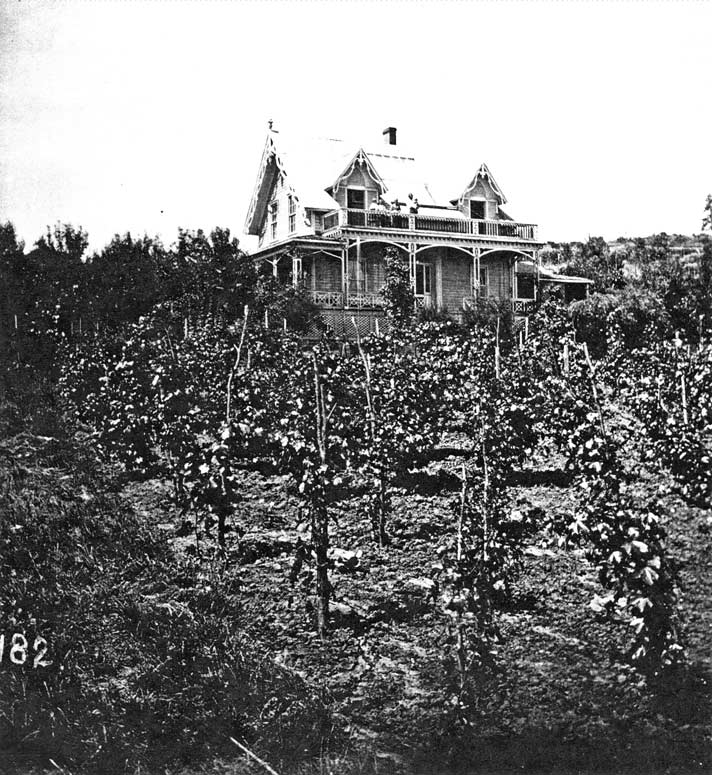Digging Jacksonville – June 2017
The Southern Oregon University Laboratory of Anthropology (SOULA) conducted a series of excavations in the Britt Gardens in preparation for Jacksonville’s 2010 sesquicentennial. This led to the recovery of thousands of artifacts related to the daily lives, activities, and innovations from the historical Britt homestead. Through the generosity of Herb Britt, descendant of the famed Britt family, SOULA received a grant to have the botanical assemblage from the Britt excavations examined. We sent samples to Dr. Virginia Popper of the University of Massachusetts, Boston (who also analyzed the botanical artifacts from the Chinese Quarter), and the results are starting to come in. While the analysis is ongoing, I was particularly excited by the recovery of Vitis vinifera—grape seeds!
The grape seed and seed fragments were recovered from several locations at the dig, some we believe could date as far back as the 1860s-1970s. If it is possible to tell the varietal from a seed (we haven’t figured out how yet), this could help us better understand what grape vines were successful in the region in the early days, or give us insight into Britt’s original plantings. In addition to the grapes themselves, we also found the location of Britt’s winery, along with bottles, glasses, and openers associated with the beloved beverage.
Peter Britt is widely heralded as the father of the Rogue Valley agricultural industry, and is known to be one of the first to plant wine grapes in the region. His experimentation is credited with pioneering our now thriving wine industry. Thanks to the many surviving family documents we know quite a bit about Britt’s early wine making under the label Valley View Winery (no relation to the current label, which pays homage to the original). Legend has it that Britt first purchased grape cuttings from the California Missions from a peddler passing through in the 1850s. However, Britt himself was a packer, and had access to a wide variety of goods during his visits to the early commercial hub of Crescent City. Britt would later continue to acquire a variety of grapes for his winery, and sold his products to friends, locals, and the Oregon Diocese. We look forward to further exploring the archaeology of the Rogue Valley wine industry, and will keep you posted as our project unfolds. In the meantime, if you would like to know more about Peter Britt’s winery and the history of the industry in our region, check out the Wine of Southern Oregon collection on the SOU Hannon Library website: http://hanlib.sou.edu/wine. And if you are already a wine expert, feel free to email me with any questions or ideas about our 19th century grape seeds!

 Chelsea Rose is an historical archaeologist who specializes in the settlement and development of the American West. Chelsea and the Southern Oregon University Laboratory of Anthropology (SOULA) conduct archaeology across Oregon and have done several projects in Jacksonville. You can reach Chelsea at rosec@sou.edu and follow SOULA on
Chelsea Rose is an historical archaeologist who specializes in the settlement and development of the American West. Chelsea and the Southern Oregon University Laboratory of Anthropology (SOULA) conduct archaeology across Oregon and have done several projects in Jacksonville. You can reach Chelsea at rosec@sou.edu and follow SOULA on